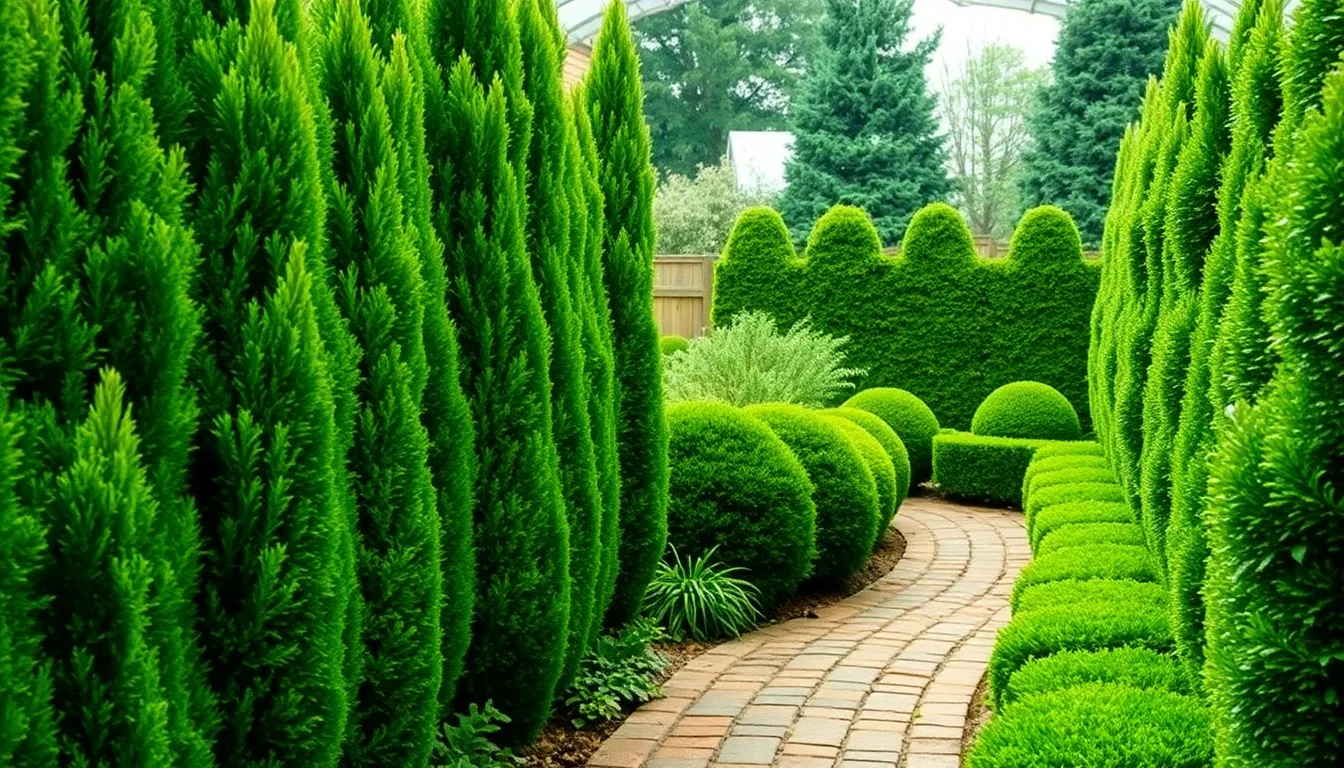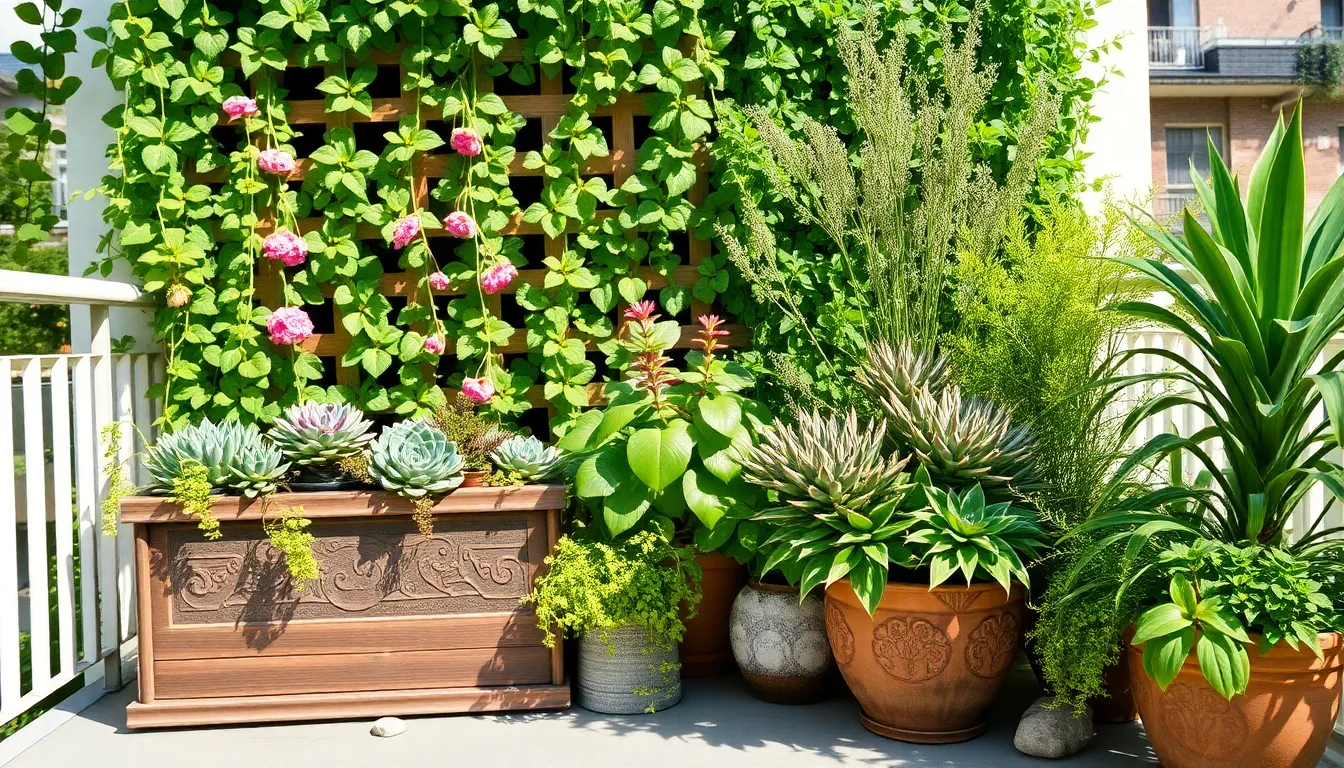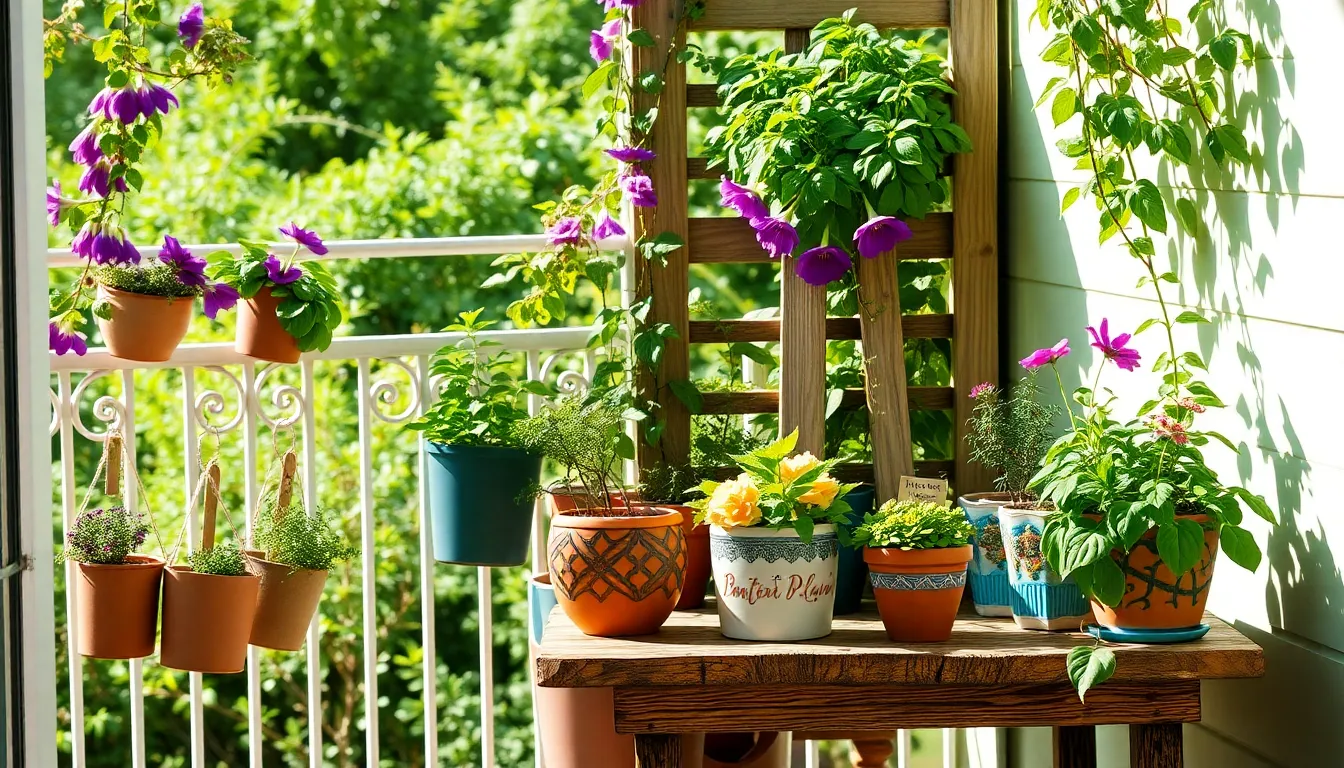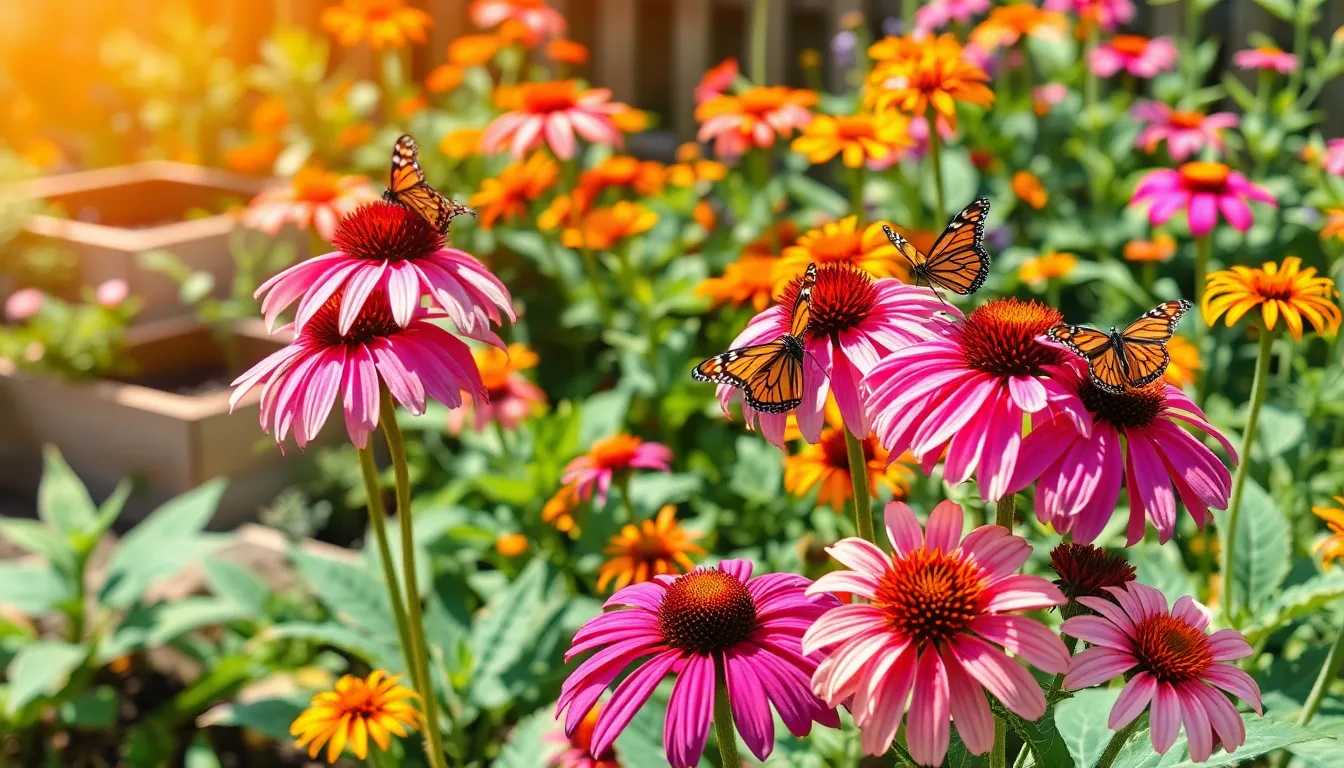Discovering the perfect plants to create a private oasis in your backyard is a thrilling journey, whether you’re just starting out with your green thumb or have years of gardening experience under your belt. This guide is designed to help you transform your outdoor space into a serene retreat, using nature’s most effective privacy solutions. From lush, leafy screens to fragrant, flowering hedges, each plant on our list offers unique beauty and function that will delight any gardener.
For beginners, the promise of a more secluded space is within easy reach, and for seasoned horticulturists, there’s always room to explore new possibilities. You’ll find practical tips and insights to ensure your plants not only survive but thrive, providing you with the seclusion and tranquility you desire. Embrace the joy of watching your backyard evolve into a personal haven, and feel confident that with our guidance, you’ll achieve the privacy and peace you’ve been longing for.
Leyland Cypress (Fast-Growing Evergreen Barrier)
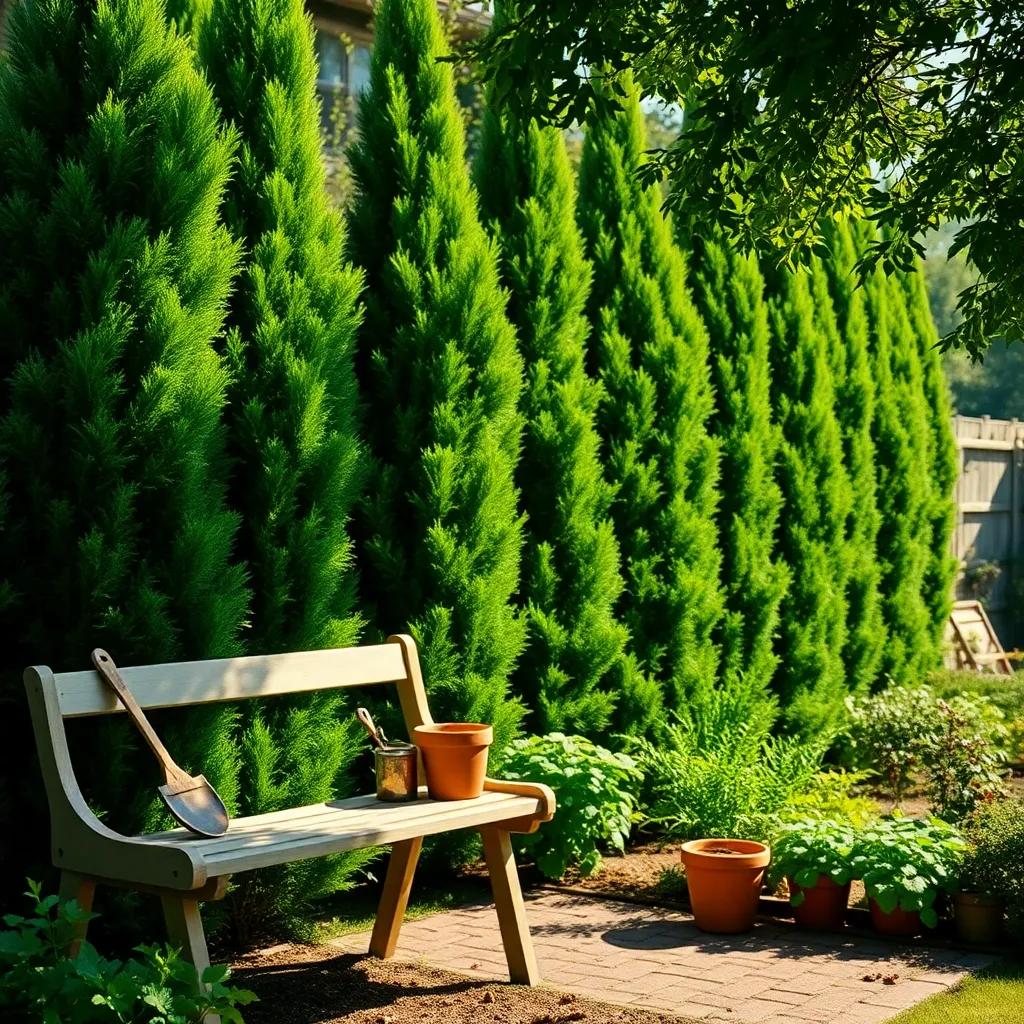
For those looking to create a fast-growing evergreen barrier, the Leyland Cypress is an excellent choice. This tree can grow up to three feet per year, making it perfect for quickly establishing privacy in your backyard.
Plant Leyland Cypress trees in well-draining soil where they can receive full sun for optimal growth. If planted in rows, space them about 8 feet apart to allow for their rapid expansion and prevent overcrowding.
Regular watering is essential during the first year to establish a strong root system, but be careful not to overwater as these trees prefer slightly dry soil once established. Mulching around the base can help retain moisture and keep the roots cool during hot months.
Consider pruning your Leyland Cypress annually to maintain the desired shape and height. Using sharp pruning shears, trim in late winter or early spring to encourage new growth and keep the foliage dense and healthy.
Bamboo Screens (Space-Efficient Privacy Solution)
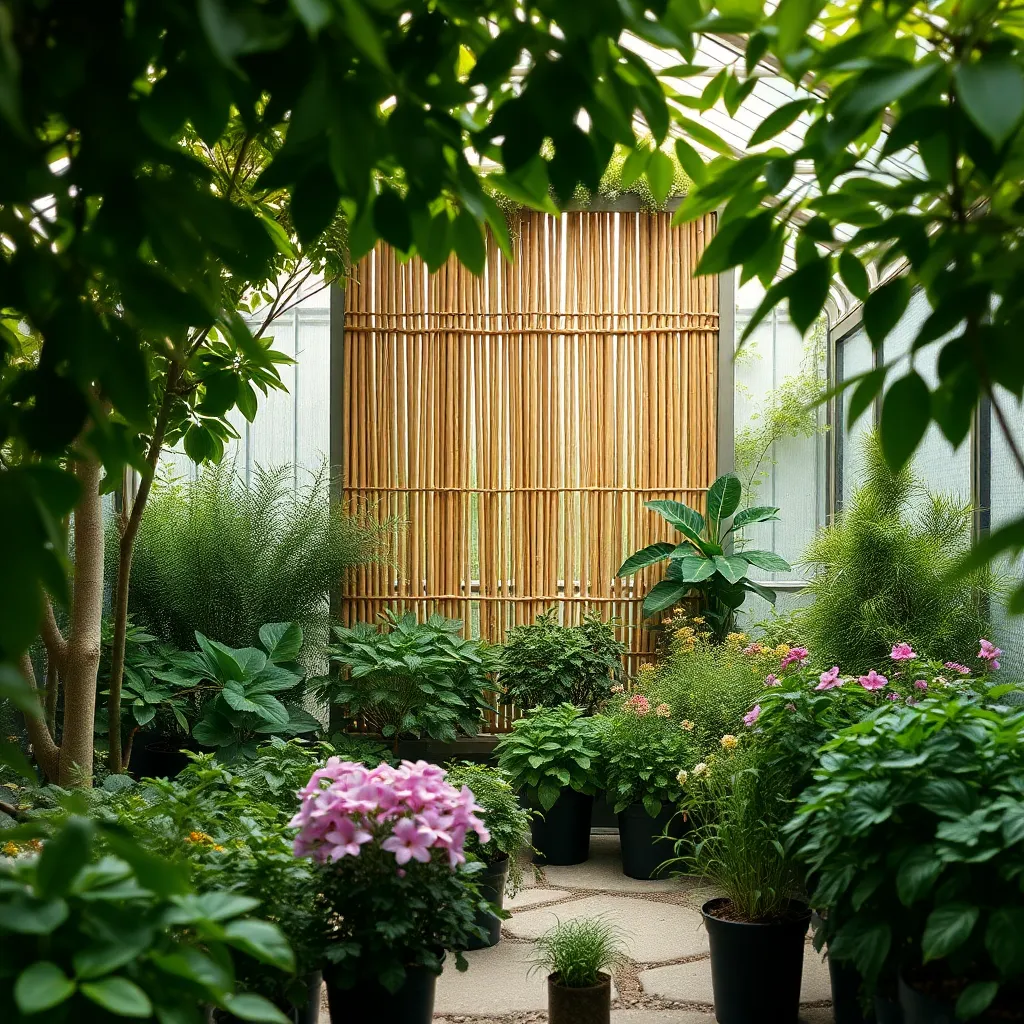
Bamboo screens offer a stylish and space-efficient solution for creating privacy in your backyard. Known for their rapid growth, many bamboo varieties can reach mature heights in just a few years, providing a lush, green barrier.
Choosing the right bamboo species is crucial for success, as some types can become invasive. Consider using clumping bamboo varieties like Bambusa or Fargesia, which are more manageable and less prone to spreading excessively.
For optimal growth, bamboo should be planted in well-draining soil that is enriched with organic matter. Ensure the planting site receives at least six hours of sunlight daily, although some varieties can tolerate partial shade.
Regular watering is essential, especially during the initial establishment period. Aim to keep the soil consistently moist but not waterlogged, and apply a layer of mulch to help retain moisture and suppress weeds.
Advanced gardeners can enhance growth by applying a balanced fertilizer in spring to support bamboo’s rapid development. Pruning is another way to maintain the desired height and shape, providing a tailored look to your privacy screen.
Thuja Green Giant (Low-Maintenance Privacy Hedge)
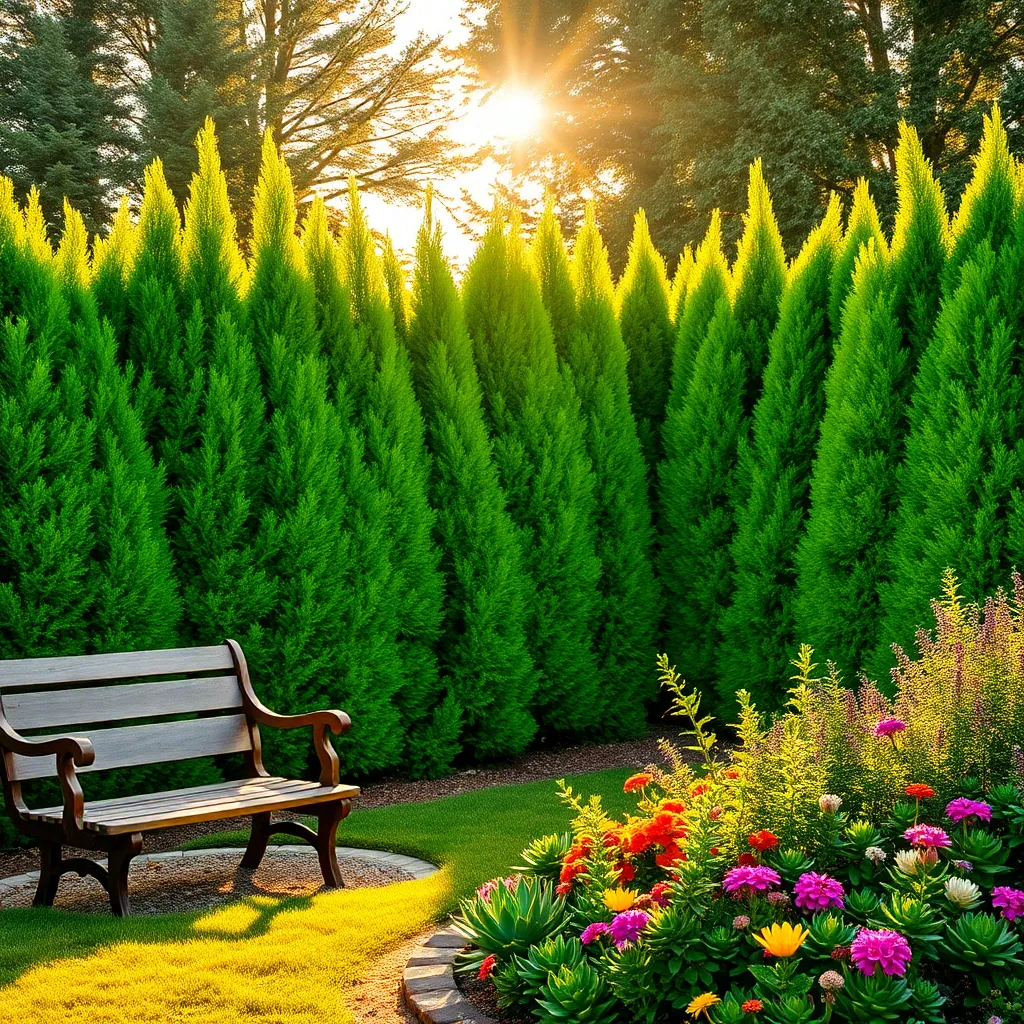
Thuja Green Giant is an excellent choice for a low-maintenance privacy hedge in your backyard. Known for its rapid growth, this evergreen can reach up to 30-40 feet in height, providing a dense screen in just a few years.
To achieve optimal growth, plant your Thuja Green Giant in full sun to partial shade. It thrives in a variety of soil types, but for best results, ensure the soil is well-draining and slightly acidic.
Watering is crucial during the first year after planting to establish a strong root system. Once established, the Thuja Green Giant is drought-tolerant, requiring only occasional watering during prolonged dry spells.
Pruning is minimal, making it an ideal choice for those who prefer a less labor-intensive hedge. However, to maintain a neat appearance, consider trimming once a year in late spring after the new growth has emerged.
Climbing Roses (Aesthetic Vertical Coverage)
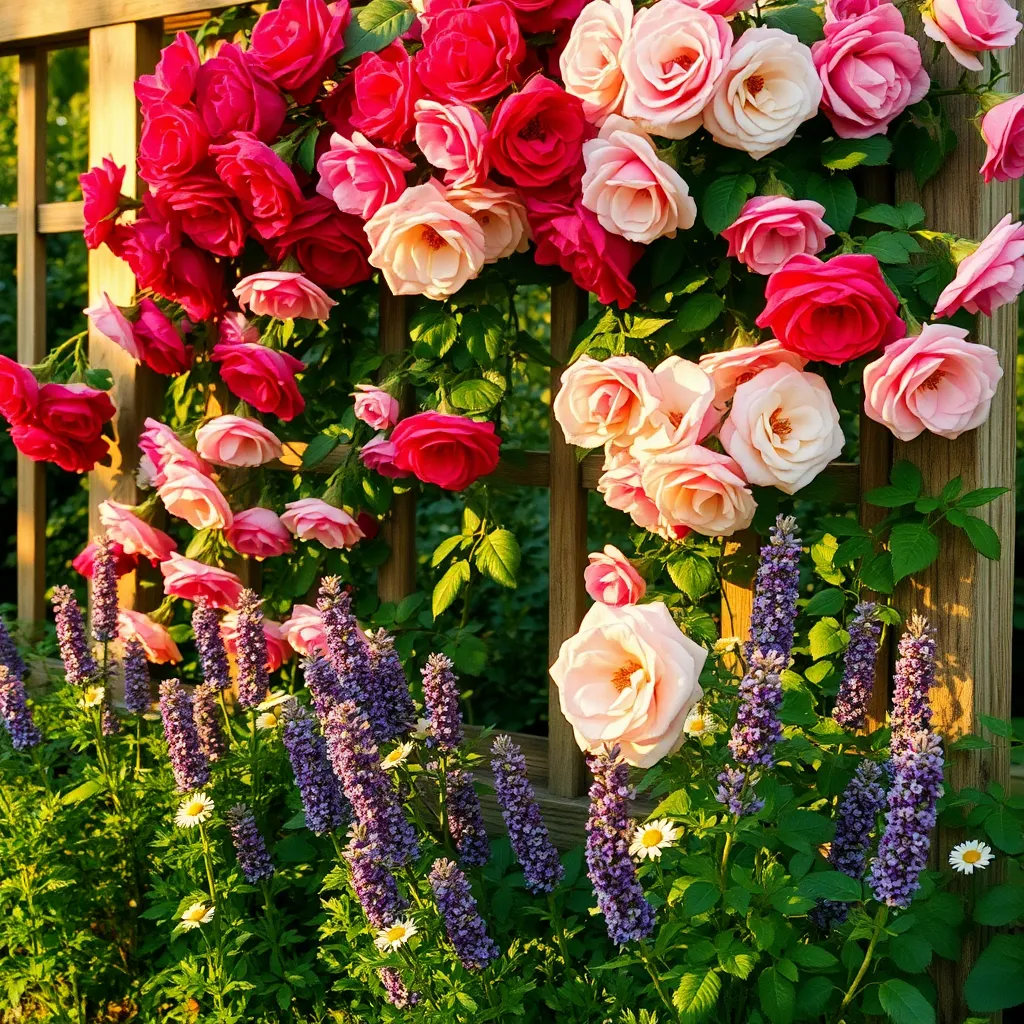
Climbing roses are a spectacular option for adding vertical coverage and privacy to your backyard. They offer a stunning display of blooms that can transform a plain fence or wall into a living work of art.
To ensure your climbing roses thrive, plant them in an area with at least six hours of sunlight each day. For optimal growth, choose a location with well-draining soil enriched with organic matter such as compost.
While regular watering is necessary, be careful not to overwater, as this can lead to root rot. Aim to keep the soil consistently moist, especially during dry spells, while ensuring good drainage.
Support your climbing roses with a strong trellis or fence, as this will guide their growth and maximize coverage. Prune after the first blooming cycle to encourage new growth and maintain the shape of the plant.
Advanced gardeners can experiment with different varieties to achieve a succession of blooms throughout the season. By selecting both early and late-blooming cultivars, you can enjoy a tapestry of color and fragrance from spring through fall.
Boxwood Shrubs (Dense, Customizable Borders)
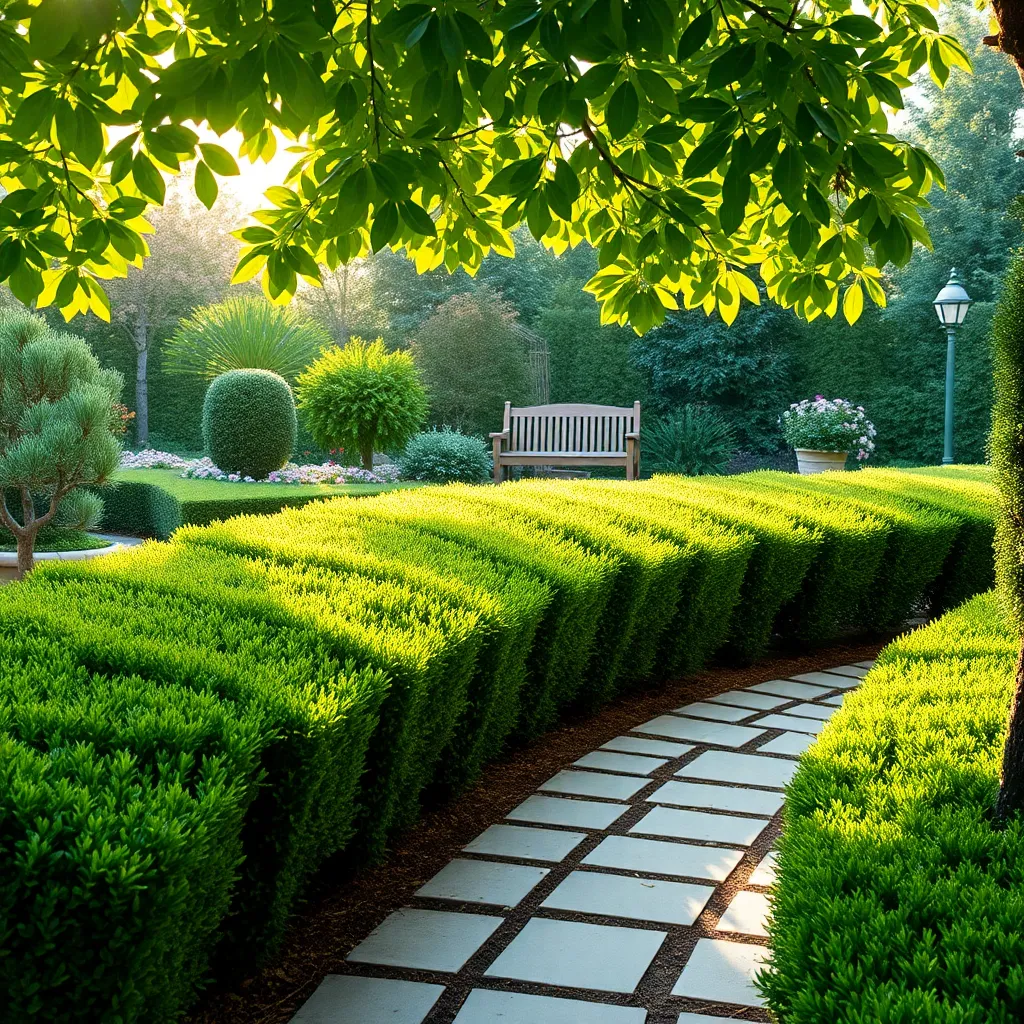
Boxwood shrubs are an excellent choice for creating dense, customizable borders in your backyard. Known for their compact growth and lush green foliage, they provide year-round visual interest and privacy.
To ensure healthy growth, plant boxwoods in well-drained soil with a slightly acidic to neutral pH. It’s important to place them in an area that receives partial to full sun, as this will help maintain their vibrant color and robust form.
Water boxwood shrubs deeply but infrequently, allowing the soil to dry out slightly between waterings. This encourages deeper root systems, which are crucial for the plant’s stability and drought resistance.
For the best results, prune your boxwoods in late winter or early spring to shape them and remove any dead or diseased branches. Advanced gardeners might consider using a slow-release fertilizer in early spring to promote lush growth and maintain the plant’s health.
Conclusion: Growing Success with These Plants
In wrapping up our exploration of the best plants for backyard privacy, we’ve delved into five key concepts that mirror foundational relationship principles. Firstly, just as plants like bamboo and hedges grow over time to create a sanctuary, nurturing patience and understanding in relationships builds lasting bonds. Secondly, diversity, as seen in the variety of plants like arborvitae and holly, enriches your garden and your connections. Thirdly, consistent care, akin to regular pruning, is crucial to maintaining both plant health and relational harmony. Fourthly, the strategic placement of trees and shrubs mirrors the importance of boundaries and space in fostering mutual respect. Lastly, flexibility is key, much like choosing adaptable plants for changing climates aligns with adapting to relationship dynamics.
As a next step, consider assessing your backyard—and your relationships—identifying areas where growth and attention are needed. Save this article as your go-to guide for ongoing inspiration and practical tips. As you plant seeds of intention today, envision a future where your relationships flourish with resilience and beauty. Remember, nurturing your personal connections can create a thriving environment that enriches both your life and those around you. Bookmark this article to revisit these insights and continue cultivating a garden of love and understanding.

